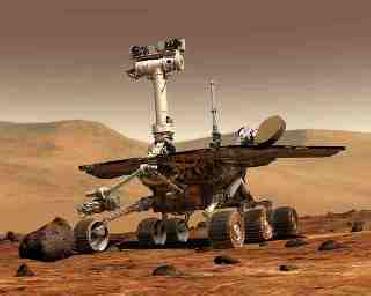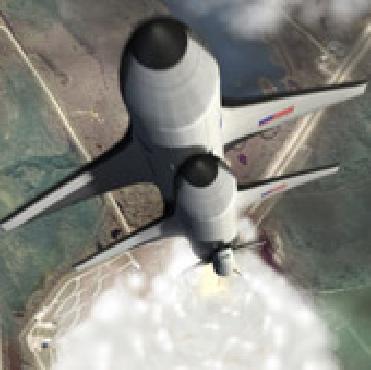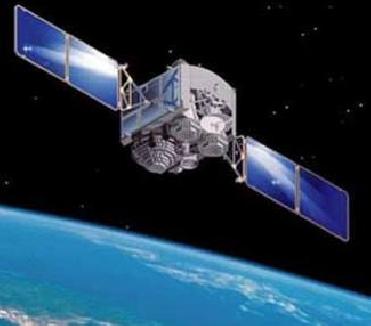
Mars Rover Opportunity. A NASA photo
PASADENA, CALIF (BNS): NASA's Mars Exploration Rover Project will pass a historic Martian longevity record Thursday.
The Opportunity rover will surpass the duration record set by NASA's Viking 1 Lander of six years and 116 days operating on the surface of Mars, a NASA statement said.
Opportunity's twin rover, Spirit, began working on Mars three weeks before Opportunity. However, Spirit has been out of communication since March 22. If it awakens from hibernation and resume communication, that rover will attain the Martian surface longevity record.
"Opportunity, and likely Spirit, surpassing the Viking Lander 1 longevity record is truly remarkable, considering these rovers were designed for only a 90-day mission on the surface of Mars," Callas said.
Unless dust interferes, which is unlikely in the coming months, the solar panels on both rovers should gradually generate more electricity.
Operators hope that Spirit will recharge its batteries enough to awaken from hibernation, start communicating and resume science tasks.
Unlike recent operations, Opportunity will not have to rest to regain energy between driving days. The gradual increase in available sunshine will eventually improve the rate of Opportunity's progress across a vast plain toward its long-term destination, the Endeavour Crater.
This month, some of Opportunity's drives have been planned to end at an energy-favorable tilt on the northern face of small Martian plain surface ripples. The positioning sacrifices some distance to regain energy sooner for the next drive.
Opportunity's cameras can see a portion of the rim of Endeavour on the horizon, approximately eight miles away, across the plain's ripples of windblown sand.
"The ripples look like waves on the ocean, like we're out in the middle of the ocean with land on the horizon, our destination," said Steve Squyres of Cornell University in Ithaca.
The team chose Endeavour as a destination in mid-2008, after Opportunity finished two years examining the smaller Victoria Crater. Since then, the goal became even more alluring when orbital observations found clay minerals exposed at Endeavour. Clay minerals have been found extensively on Mars from orbit, but have not been examined on the surface.
Launched in 1975, Project Viking consisted of two orbiters, each carrying a stationary lander. Viking Lander 1 was the first successful mission to the surface of Mars, touching down on July 20, 1976. It operated until Nov. 13, 1982, more than two years longer than its twin lander or either of the Viking orbiters.
The record for longest working lifetime by a spacecraft at Mars belongs to a later orbiter: NASA's Mars Global Surveyor operated for more than 9 years after arriving in 1997. NASA's Mars Odyssey, in orbit since in 2001, has been working at Mars longer than any other current mission and is on track to take the Mars longevity record late this year.
Science discoveries by the Mars Exploration Rover have included Opportunity finding the first mineralogical evidence that Mars had liquid water, and Spirit finding evidence for hot springs or steam vents and a past environment of explosive volcanism.
 Previous Article
Previous Article Next Article
Next Article












The Indian Air Force, in its flight trials evaluation report submitted before the Defence Ministry l..
view articleAn insight into the Medium Multi-Role Combat Aircraft competition...
view articleSky enthusiasts can now spot the International Space Station (ISS) commanded by Indian-American astr..
view article